-
Animals

Veiled Chameleon: Don’t Believe Everything You’ve Heard
The chameleon is a lizard that has long fascinated animal lovers worldwide; however, much of what is believed to be…
Read More » -
Animals
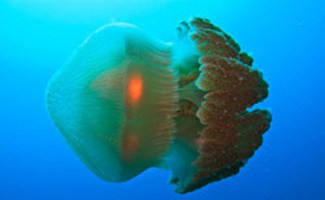
What are the Most Poisonous Animals?
With over one million species of animal in the world – in fact there are over one million species of…
Read More » -
Animals

Animal Attacks on Humans
For years man has lived under the impression that he is the top of the food chain. Unfortunately for a…
Read More » -
Animals
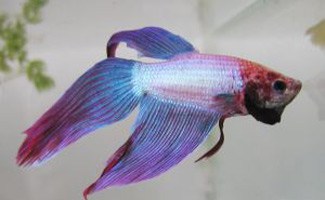
Siamese Fighting Fish: The Amazing Betta Fish
The Siamese fighting fish, also known as the Betta fish, is one of the most popular fish varieties when it…
Read More » -
Animals

Poisonous & Venomous Snakes: A Global Guide
When it comes to phobias ophidiophobia is one of the most common. The fear of snakes may be unfortunate for…
Read More » -
Animals
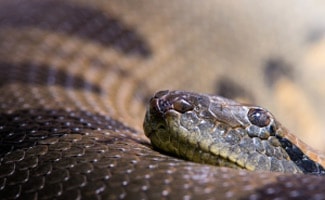
Non-Poisonous Snakes
When it comes to the many varied species of creatures on the face of our planet perhaps one of the…
Read More » -
Animals

Get to Know The Western Lowland Gorilla
The Western lowland gorilla is one of the most recognized wild animals around the world; this incredible subspecies is native…
Read More » -
Animals
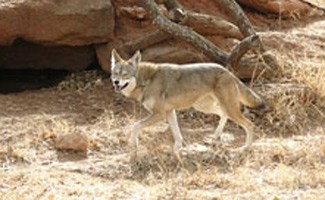
Facts about The Red Wolf
The red wolf, also known by its scientific name Canis lupus rufus, is native to North America. While the red…
Read More » -
Animals

Facts About The Red Fox
The red fox, known by the scientific name "vulpes vulpes" is most widely recognized by its blazing red coat and…
Read More » -
Animals
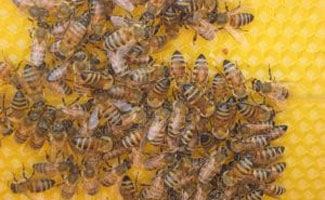
Is The Honey Bee In Danger of Extinction?
The Honey Bee is one of nature’s peculiarities but it is one creature which nature itself depends upon to a…
Read More » -
Animals

Fish Tracking From Sea to Plate
Ecotrust Canada's ThisFish lets you track the course of the fish you eat from catch to your plate. How does…
Read More » -
Climate & Planet

A Nuclear Situation in Fukushima Japan
As if the sheer devastation caused by the March 11, 2011 earthquake and following tsunami weren’t enough, the country of…
Read More »